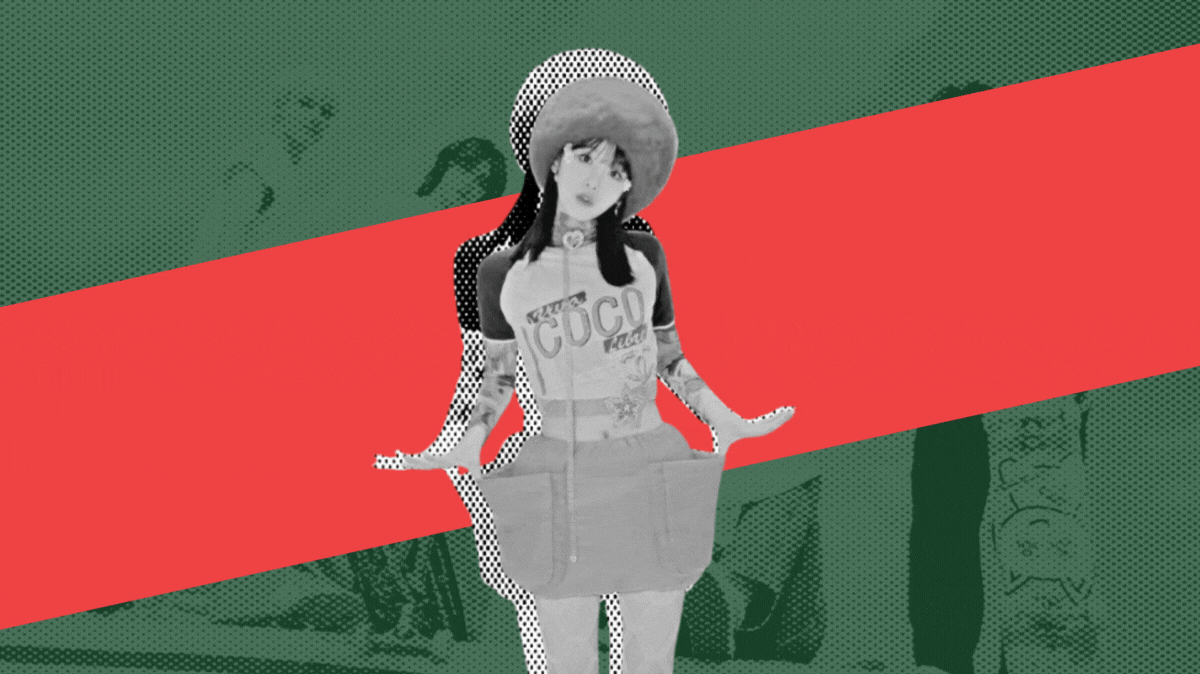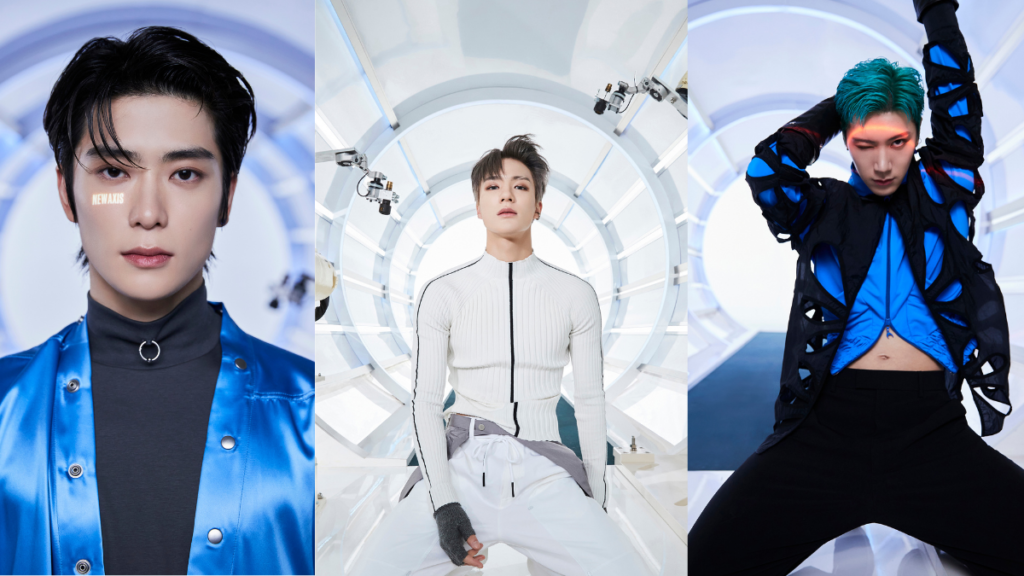Since its inception in the early 1990s, K-pop has undergone many different eras and transformations. While the influence of Western pop, hip-hop, and R&B quickly seeped into the early days of South Korea’s “idol group” industry, there’s no denying the handful of other American-based genres that have cultivated the K-pop industry into what it is today.
In this second installment of Music, Dance, we’re tackling rock music and its booming effect from the West to the East. The rock renaissance has long been a staple of South Korea’s pop culture industry from heavy metal to pop punk.
The History of Rock
During the late 1940s to 1960s in the United States and the United Kingdom, rock music was born as the antithesis to pop music. While pop was considered safe and relatively tame, rock and roll became the anthem for sexual liberation and rebellion in the youth of a conservative era.
Drawing inspiration directly from blues, jazz, and gospel, rock music has origins rooted in Black America of the 20th century. While many white musicians like Elvis Presley were able to further popularize this new sound in mainstream media, it was Black artists such as Chuck Berry (“Father of Rock and Roll”), Little Richard (the “Architect of Rock and Roll”), and many others who pioneered and kickstarted the movement.
Simultaneously, rock music had been traveling around the world, with U.S. soldiers introducing South Korea to the genre during the Korean War. Shin Jung-hyeon, Korea’s first rock guitarist, was inspired by this music and made his debut in 1957 on a U.S. military base. Eventually, he became known as the country’s “Godfather of Rock.”
However, South Korea’s government wasn’t too keen on the movement by the 1970s. Due to heavy censorship by the Park Chung-hee administration, many rock albums were banned, and Shin Jung-hyeon was imprisoned on drug charges. Although this slowed down the production of rock in Korea, its audience continued increasing, and the genre kept gaining traction.
By the ‘80s, traditional rock had already evolved into several different subgenres and categories. From darker tones such as heavy metal and punk, popular Western acts like Led Zeppelin, Pink Floyd, and the Sex Pistols were able to capture audiences with this new wave of rock. Blues-turned-rock-and-roll star Tina Turner also saw her fair share of success during this time—quickly becoming known as the “Queen of Rock and Roll.”
At the same time, Korean bands such as Boohwal and Sinawe found it easier to maintain success as rock acts due to the country’s ease of censorship. By the 1990s and 2000s, rock had cemented itself as a dominant genre in South Korea, with many current K-pop and K-rock groups riding the wave their seniors had paved years prior. A few modern examples of rock in K-pop include:
The Rise of Pop/Rock
The birth of pop/rock emerged during the post-rock and roll era of the late 1950s—when the traditional sound of rock started to fade. Mostly incorporating softer sounds such as doo-wop and blue-eyed soul, pop/rock had become the newest sensation in the West. As opposed to rock music’s focus on attitude, pop/rock was a much smoother version of the genre, emphasizing professional songwriting and creativity.
The term “pop/rock” itself has been used to describe a more commercially successful rock—one that’s more “radio-friendly” and easier to digest. According to music critic Philip Auslander, the main distinction between rock and pop/rock is that the latter has roots in mainstream white artists like Perry Como, whereas traditional rock is heavily influenced by Black culture.
Early pop/rock pioneers include the Beach Boys and the Beatles of the ‘60s before the genre evolved again into soft-rock in the mid-1970s. As the 21st century began, pop/rock experienced another renaissance among Millenials of the 2000s and early 2010s. Popular teen acts such as the Jonas Brothers became global phenomenons, with their music mostly leaning into upbeat pop/rock tunes and crooning ballads.
Fast forward to the late 2000s, and South Korean acts had already picked up on the worldwide pop/rock trend. In today’s K-pop world, the most notable acts in this genre are CNBLUE, DAY6, and LEDApple. While many of the examples below also incorporate other elements such as electronic pop and synth-pop, they’re all considered pop/rock at their core.
“days gone by (행복했던 날들이었다)” by DAY6
“Lack of Love” by verycoybunny
Alternative Rock
As another popular subgenre of rock, alternative rock (or alt-rock) first emerged in the underground/independent music scene of the 1970s in the States. The word “alternative” refers to the genre’s distinction from mainstream rock and pop music at the time. As opposed to having commercial success, alt-rock musicians thrived off creating independently. However, the genre didn’t fully pick up traction until the 1990s during the era of bands like U2, Aerosmith, and Bon Jovi.
Like most rock music, alternative rock is usually guitar-driven, with keyboards becoming more popular with 21st-century alt bands. These bands are heavily influenced by rock music of the 1970s and ‘80s, specifically punk rock bands such as Black Flag and Bad Brains.
By the early 2000s, alternative rock continued to surge throughout the U.S. and the UK, with many bands fusing other musical elements like electronica, hip-hop, and indie rock. Meanwhile, in Korea, alternative rock is still largely considered an indie genre compared to the more traditional rock sound, but it has managed to find its way into today’s K-pop industry.
“Gray So Gray” by Epik High feat. Younha
“Tomorrow, Today (내일, 오늘)” by JJ Project
Pop-Punk Revitalized
If you’ve paid attention to the musical landscape at all this past or so, you’ll know that pop-punk is back in full swing. With the revivals of “Pop-Punk Queen” Avril Lavigne and the soaring popularity of Machine Gun Kelly, the genre has proven just as prevalent now as it was in the early 2000s. However, when did pop-punk become a notable genre, and what exactly makes a song pop-punk? Here’s a little history behind one of rock’s most “emo” phases.
Similar to alternative rock, pop-punk first emerged in the 1970s era of punk rock and new wave—combining elements of power pop with punk rock. The pop-punk pioneers of this era would include The Ramones, The Jam, and the Undertones, just to name a few. Whereas alt-rock would draw inspiration from the 70s and 80s, pop-punk looked to bands of the 60s for inspiration, specifically The Beatles and the Beach Boys.
Musically, the genre is defined by its anti-suburbia themes and its emphasis on classic pop songcraft. By the mid-1980s and early 90s, pop-punk had spread across the U.S. due to the popularity of bands like Green Day and Blink-182; by the early to mid-2000s, pop-punk was a mainstream phenomenon with Avril Lavigne, Fall Out Boy, and Paramore leading the way.
Although the genre had fallen out of favor by the 2010s, pop-punk has shown that it’s far from over in this new renaissance of the 2020s. Since its resurgence in the Western music industry, South Korean groups soon began adapting a more pop-punk sound of their own. Here are some examples of the most pop-punk songs in modern-day K-pop:
“Very Good (Rough Version)” by BLOCK B
Keep Rockin’ On
Needless to say, rock music in all its diverse forms has played a significant role in Korea’s music evolution. From indie artists to some of the biggest names in K-pop, rock continues to resonate with and inspire young Korean musicians to express creative freedom and not shy away from a little angst every now and then. As the genre continues to flourish and change, it’ll be exciting to see how the industry changes along with it.
Interested to learn more about the influence of popular music genres on K-pop? Check out the first installment of our Music, Dance series here!




